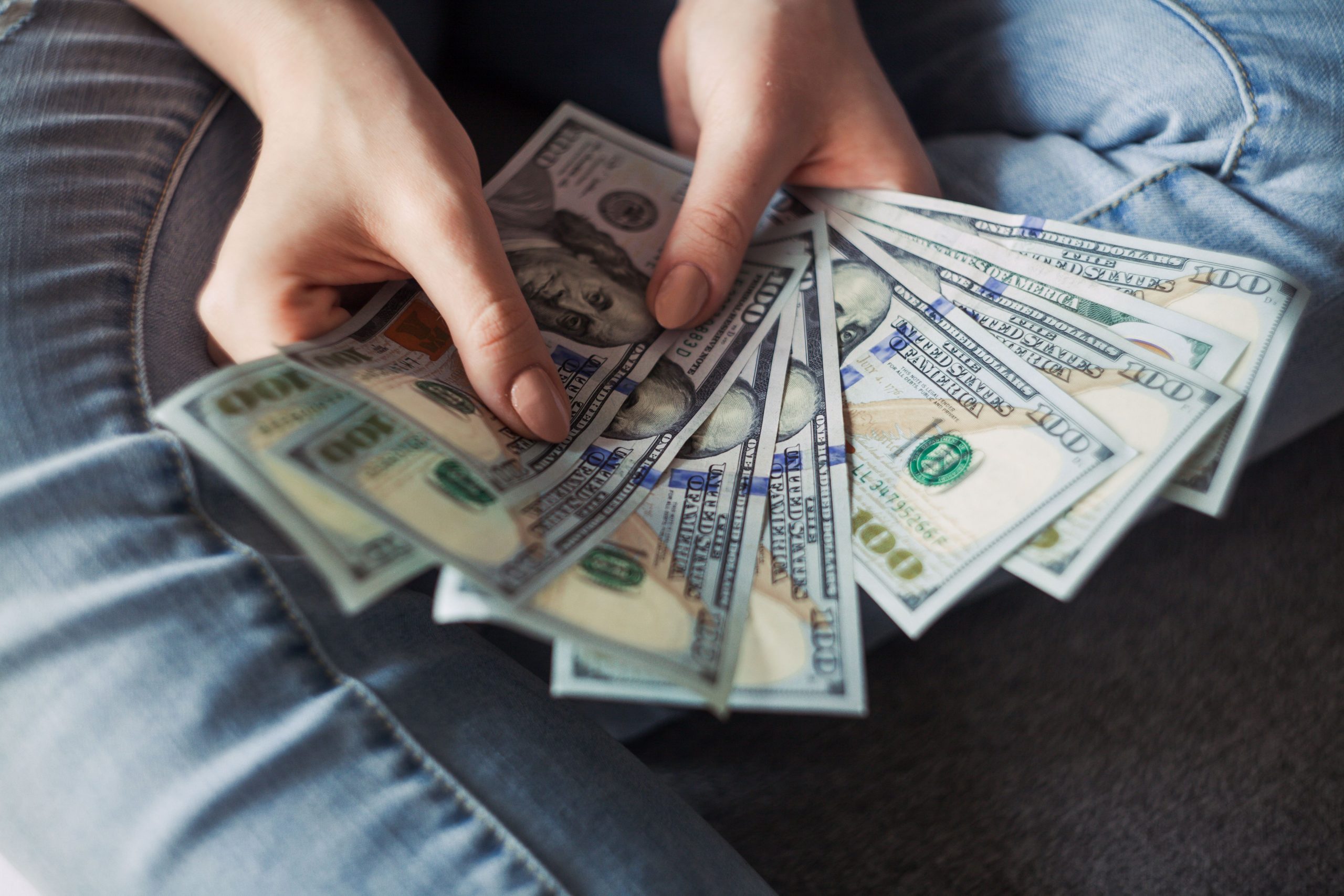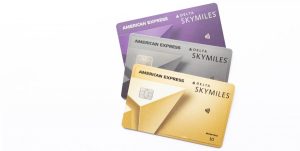The Federal Reserve of the United States hiked key interest rates by 75 basis points or three-quarters of a percentage point on Wednesday in line with investors’ expectations to fight surging inflation.
The United States consumer price index (CPI) eased to 8.3% year-on-year in August, over four times the Fed’s target level of 2% according to data released by the Bureau of Labor Statistics on September 13. The US Federal Reserve is raising the key interest rates to curb inflation. The US central bank has already raised interest rates four times this year, for a total of 2.25 percentage points.
Also Read | US inflation rate eases slightly | A timeline: 1930-2022
Here’s how interest rates could impact your savings accounts, bank deposits, and loans:
Impact on savings accounts and bank deposits
Higher interest rates might be bad for borrowers but they are great for the savings account holders because the Fed funds rate is also a benchmark for deposit account annual percentage yields (APYs). When Federal Open Market Committee (FOMC) raises the rate, banks increase the amount you earn from deposit accounts.
Also Read | The 2008 market crash: Inside the doomsday machine and a brief history
Accordingly, the APYs you earn on savings accounts, checking accounts, certificates of deposit (CDs), and money market accounts rise higher as well. The online savings accounts react more quickly to Fed rate changes because there is much more competition among online banks for deposits. APYs offered by conventional banks respond considerably slow to rate hikes and generally don’t get very high even in the best of times.
Also Read | US economy sending mixed signals: Here’s what it all means
Impact on consumer credit
Consumer credit, like personal loans, lines of credit, and credit cards, is more sensitive to Fed rate changes. Variable rate loans are particularly sensitive to Fed rate changes as the interest rates they charge are pegged to benchmarks that reference the Fed funds rate. Interest rates for new fixed-rate loans can increase, but existing ones are immune to changes to the Fed funds rate.
Also Read | Where to invest during high inflation?
For example, between 2004 and 2006, the Federal Reserve hiked interest rates 17 times from 1.0% to 5.25% to control inflation and cool off an overheated economy. Commercial banks hiked their rates to 8.25% increasing the cost of borrowing on credit cards and lines of credit.







